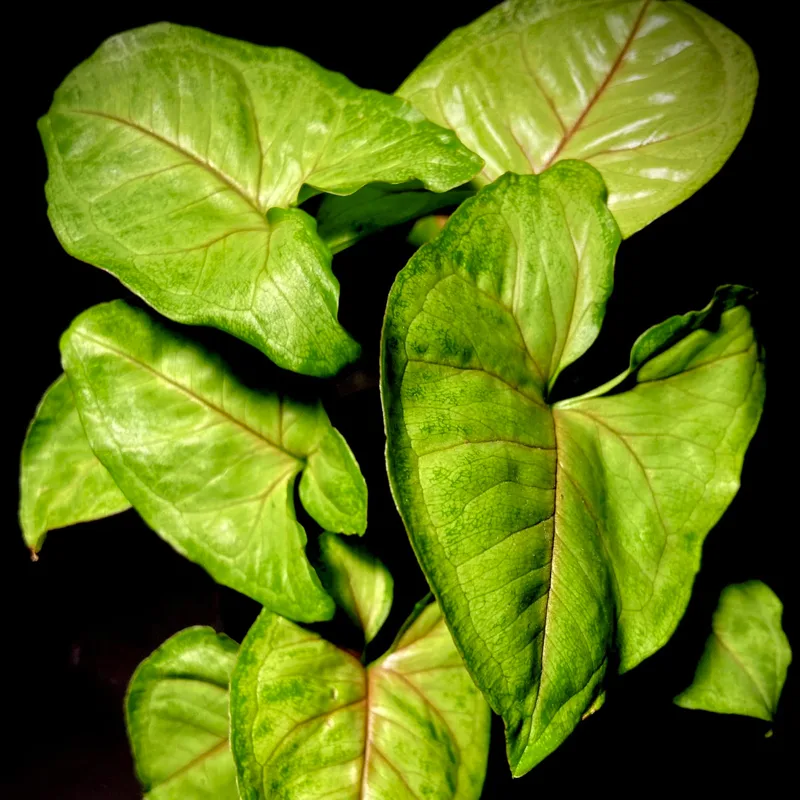
January 6 – Bulbine
“January 6 is marked by Bulbine, the star-shaped healer.”
Bulbine, known for its healing properties, reflects your ability to uplift others. You possess an innate wisdom and a bright personality that inspires hope and renewal in those around you.
My Fascination with the Bulbine Genus
As a plant enthusiast, I’m always drawn to unique and resilient flora. Lately, I’ve been captivated by the Bulbine genus, a diverse group of succulent plants predominantly hailing from Southern Africa, belong to the Asphodelaceae family. What initially attracted me was their vibrant display of yellow or orange flowers and their hardy nature, capable of thriving in arid environments. But as I delved deeper, I discovered a world of fascinating characteristics and a surprising number of species.
A Closer Look at Bulbine
The name “Bulbine” originates from the Latin word “bulbus,” meaning “onion” or “bulb.” This is somewhat misleading, as not all Bulbine species possess a bulbous base. Instead, they exhibit a variety of growth habits, ranging from creeping groundcovers to small shrubs.
What unites them are their succulent leaves, often arranged in rosettes, and their distinctive flowers. These blooms typically feature six petals and prominent stamens covered in hair-like filaments, giving them a fuzzy appearance. This characteristic is key in differentiating Bulbine from its close relative, Bulbinella.
Exploring the Diversity of Bulbine Species
The Bulbine genus encompasses a vast array of species, each with its own unique charm:
- Bulbine abyssinica A.Rich.
- Bulbine alata Baijnath
- Bulbine alooides (L.) Willd.
- Bulbine alveolata S.A.Hammer
- Bulbine angustifolia Poelln.
- Bulbine annua (L.) Willd.
- Bulbine asphodeloides (L.) Spreng.
- Bulbine audreyae N.R.Crouch & Gideon F.Sm.
- Bulbine bachmannii Baker
- Bulbine bruynsii S.A.Hammer
- Bulbine bulbosa (R.Br.) Haw.
- Bulbine capensis Baijnath ex G.Will.
- Bulbine capitata Poelln.
- Bulbine caput-medusae G.Will.
- Bulbine cepacea (Burm.f.) Wijnands
- Bulbine coetzeei Oberm.
- Bulbine crassa D.I.Morris & Duretto
- Bulbine cremnophila van Jaarsv.
- Bulbine dactylopsoides G.Will.
- Bulbine dewetii van Jaarsv.
- Bulbine diphylla Schltr. ex Poelln.
- Bulbine disimilis G.Will.
- Bulbine erectipilosa G.Will.
- Bulbine erumpens S.A.Hammer
- Bulbine esterhuyseniae Baijnath
- Bulbine fallax Poelln.
- Bulbine favosa (Thunb.) Schult. & Schult.f.
- Bulbine fistulosa Chiov.
- Bulbine flexicaulis Baker
- Bulbine flexuosa Schltr.
- Bulbine foleyi E.Phillips
- Bulbine fragilis G.Will.
- Bulbine francescae G.Will. & Baijnath
- Bulbine fraseri Kunth
- Bulbine frutescens (L.) Willd. Plant FAQs: Bulbine Frutescens
- Bulbine glauca (Raf.) E.M.Watson
- Bulbine gondwanae N.H.G.Jacobsen & K.J.Koen
- Bulbine hallii G.Will.
- Bulbine haworthioides B.Nord.
- Bulbine inamarxiae G.Will. & A.P.Dold
- Bulbine inflata Oberm.
- Bulbine keiskammaensis van Jaarsv., Harrower & Hankey
- Bulbine lagopus (Thunb.) N.E.Br.
- Bulbine lamprophylla Will.
- Bulbine latifolia (L.f.) Spreng.
- Bulbine lavrani G.Will. & Baijnath
- Bulbine lolita S.A.Hammer
- Bulbine longifolia Schinz
- Bulbine louwii L.I.Hall
- Bulbine macrocarpa (Baijnath) Boatwr. & J.C.Manning
- Bulbine margarethae L.I.Hall
- Bulbine meiringii van Jaarsv.
- Bulbine melanovaginata G.Will.
- Bulbine mesembryanthoides Haw.
- Bulbine migiurtina Chiov.
- Bulbine minima Baker
- Bulbine monophylla Poelln.
- Bulbine muscicola G.Will.
- Bulbine namaensis Schinz
- Bulbine narcissifolia Salm-Dyck
- Bulbine navicularifolia G.Will.
- Bulbine ophiophylla G.Will.
- Bulbine pendens G.Will. & Baijnath
- Bulbine pendula Keighery
- Bulbine praemorsa (Jacq.) Spreng.
- Bulbine quartzicola G.Will.
- Bulbine ramosa van Jaarsv.
- Bulbine retinens van Jaarsv. & S.A.Hammer
- Bulbine rhopalophylla Dinter
- Bulbine rupicola G.Will.
- Bulbine sceletium van Jaarsv. & Harrower
- Bulbine sedifolia Schltr. ex Poelln.
- Bulbine semenaliundata G.Will.
- Bulbine semibarbata (R.Br.) Haw.
- Bulbine spongiosa van Jaarsv.
- Bulbine stolonifera Baijnath ex G.Will.
- Bulbine striata Baijnath & Van Jaarsv.
- Bulbine succulenta Compton
- Bulbine suurbergensis van Jaarsv. & A.E.van Wyk
- Bulbine tecta G.Will.
- Bulbine thomasiae van Jaarsv.
- Bulbine torsiva G.Will.
- Bulbine torta N.E.Br. Plant FAQs: Bulbine Torta
- Bulbine triebneri Dinter
- Bulbine truncata G.Will.
- Bulbine vagans E.M.Watson
- Bulbine vandermerwei van Jaarsv. & A.le Roux
- Bulbine vitrea G.Will. & Baijnath
- Bulbine vittatifolia G.Will.
- Bulbine wiesei L.I.Hall
The Allure of Bulbine
Beyond their aesthetic appeal, Bulbine species offer several advantages for gardeners and plant lovers:
- Drought Tolerance: Their succulent nature allows them to store water, making them ideal for dry climates and low-water gardens.
- Low Maintenance: Bulbines are generally low-maintenance plants, requiring minimal watering and fertilization.
- Medicinal Properties: Some Bulbine species, like Bulbine frutescens and Bulbine natalensis, have traditional medicinal uses for treating burns, wounds, and skin irritations.
- Ecological Benefits: Bulbine flowers attract pollinators like bees and butterflies, contributing to a healthy ecosystem.
My Personal Experience with Bulbine
I recently added a few Bulbine frutescens plants to my garden, and I’ve been impressed by their resilience and beauty. They’ve thrived in the hot, dry conditions, requiring little attention from me. Their cheerful yellow flowers have brightened up a previously barren corner of my yard, and I’ve even noticed more bees buzzing around.
I’m eager to expand my Bulbine collection and explore the unique characteristics of other species. I’m particularly interested in trying Bulbine natalensis, given its medicinal properties and striking appearance.
Conclusion
The Bulbine genus offers a fascinating array of succulent plants that are both beautiful and adaptable. Whether you’re a seasoned gardener or a curious beginner, I highly recommend exploring the world of Bulbine. Their vibrant flowers, low-maintenance nature, and potential medicinal benefits make them a valuable addition to any plant collection. I, for one, am excited to continue my journey of discovery with these captivating plants.
If i die, water my plants!



